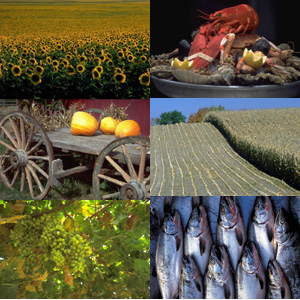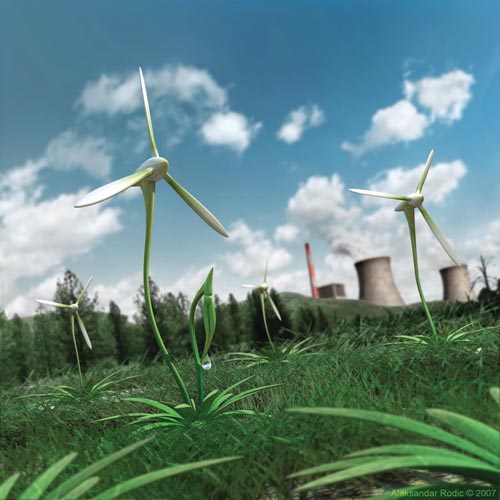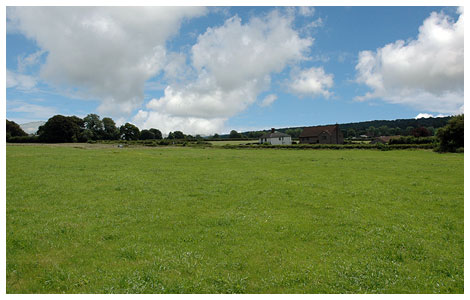ВУЗ: Не указан
Категория: Не указан
Дисциплина: Не указана
Добавлен: 04.02.2024
Просмотров: 26
Скачиваний: 2
ВНИМАНИЕ! Если данный файл нарушает Ваши авторские права, то обязательно сообщите нам.
 МИНИСТЕРСТВО НАУКИ И ВЫСШЕГО ОБРАЗОВАНИЯ РОССИЙСКОЙ ФЕДЕРАЦИИ
МИНИСТЕРСТВО НАУКИ И ВЫСШЕГО ОБРАЗОВАНИЯ РОССИЙСКОЙ ФЕДЕРАЦИИфедеральное государственное бюджетное образовательное учреждение высшего образования
«Тольяттинский государственный университет»
Гуманитарано-педагогический институт
| (наименование института полностью) |
| «Педагогика и психология» |
| (Наименование учебного структурного подразделения) |
| 44.03.03 Специальное (дефектологическое) образование |
| (код и наименование направления подготовки / специальности) |
| Профиль "Дошкольная дефектология" |
| (направленность (профиль) / специализация) |
Практическое задание №__2
-
по учебному курсу «Английский язык в сфере профессиональной коммуникации 2»
Вариант ____ (при наличии)
| Обучающегося | Черкашина Виктория Владимировна | |
| | (И.О. Фамилия) | |
| Группа | ДФОбд-1901г | |
| | | |
| Преподаватель | Сидоркина Наталья Владимировна | |
| | (И.О. Фамилия) | |
Тольятти 2023
UNIT 6 RESOURCE SAVING
Assignment 1
Everybody knows that there are such natural resources as minerals, energy, land, water and biota. Take a look at the following pictures displaying natural resources (A-E) and match them with the names.
A___ energy___ B_______ land_______ C_____ biota_________



D________ minerals______ E_________ water _____


Assignment 2
Scan the article and find answers for the questions.
1. How many Earth’s resources do people consume nowadays? What are they?
2. What is the result of this consumption?
3. What are the most reasonable ways of solving the problem of ravening resources?
Earth suffers as we gobble up resources
ALMOST one-quarter of nature's resources are being gobbled up by a single species, and it's not difficult to guess which one. Based on figures for the year 2000, the most recent available, humans appropriate 24 per cent of the Earth's production capacity that would otherwise have gone to nature.
The result is a gradual depletion of species and habitats as we take more of their resources for ourselves. Things could get even worse if we grow more plants like palm oil and rapeseed for biofuels to ease our reliance on fossil fuels.
That is the message from a team led by Helmut Haberl of Klagenfurt University in Vienna, Austria. Haberl and colleagues analysed UN Food and Agriculture Organization data on agricultural land use in 161 countries covering 97,4 per cent of farmland. By comparing carbon consumption through human activity with the amount of carbon consumed overall, Haberl's team found that humans use some 15.6 trillion kilograms of carbon annually. Half was soaked up by growing crops. Another 7 per cent went up in smoke as fires lit by humans, and the rest was used up in a variety of other ways "Things could get even worse if we grow more plants like palm oil and rapeseed for biofuels to ease our reliance on fossil fuels" related to industrialisation, such as transport [Proceedings of the National Academy of Sciences].
Haberl says that the Earth can just about cope if we meet future needs by producing food more efficiently. This could be done by intensifying agriculture on roughly the same amount of land as we use now. But we're asking for trouble, he says, if we expand production of biofuels, as the only fertile land available is tropical rainforests.
"If we want full-scale replacement of fossil fuels by biofuels, this would have dramatic implications for ecosystems," says Haberl. He warns that some projections foresee four or fivefold increases in biofuel production. "This would at least double the overall amount of biomass harvested, which is about 30 per cent above ground at present, but would increase to 40 or 50 per cent to meet these biofuel targets," he says.
This would mean clearing what remains of the world's rainforests in countries such as Brazil and Argentina. As well as wiping out thousands of species, this would have devastating
effects on the climate, he says. Unlike farmland, forests help to seed rainfall because they have high evaporation rates.
"The less evaporation there is, the less rainfall there is and the whole system dries up," he says. Andy Coghlan
7 July 2007/NewScientist/15
-
Based on figures for the year 2000, the most recent available, humans appropriate 24 per cent of the Earth's production capacity that would otherwise have gone to nature. -
The result is a gradual depletion of species and habitats as we take more of their resources for ourselves.
3. Earth can just about cope if we meet future needs by producing food more efficiently. This could be done by intensifying agriculture on roughly the same amount of land as we use now.
Assignment 3
Fill in the gaps with the words from the list below. Use the words only once. Make up your own sentences with these phrases.
oil, replacement, figures, production, fuels, depletion, devastating, reliance, implications, fires, tropical, targets
1) based on _____ figures______
2) gradual ___ devastating_______of species and habitats
3) palm ___ oil, _______
4) to ease ___ reliance_______ on
5) fossil ___ depletion________
6) __ fires________lit by humans
7) to expand ___ production,_______of biofuels
8) ___ tropical_______rainforests
9) full-scale ____ implications_______
10) dramatic ___ replacement for ecosystems
11) to meet the biofuel _____ fuels______
12) _____ targets______effects on the climate
Palm oil not only caters to our growing demand for food, but also cosmetics, detergents and, increasingly, alternative fuels.
A large increase in biofuel production has led to increased demand for commodities such as maize and palm oil.
But the clearing of tropical rainforests, for example, will only exacerbate the effects of climate change.
Assignment 4
Choose the words from the box and fill in the gaps.
valuable, petroleumextraction, renewable, coal, tax on consumption, raw materials, natural,forestry, fossil fuels, natural gas
Natural resources (economically referred to as land or 1_____ natural_________) are naturally forming substances that are considered 2______ valuable________in their relatively unmodified (3___ raw materials__________) form. Thus, mining, 4_____ forestry________, fishing, hunting and 5_______ fossil fuels______ are generally considered natural-resource industries.
Natural resources are mostly classified into 6_____ renewable_________ and non-renewable resources. Sometimes resources are classified as non-renewable even if they are technically renewable, just not easily renewed within a reasonable amount of time, such as 7___ petroleum extraction,__________.
Some non-renewable resources can be renewable but take an extremely long time to renew. Fossil fuels, for example, take millions of years to form and so are not practically considered 'renewable'. Different non-renewable resources like oil, 8_____ coal________, 9___ natural gas__________ etc. have different levels of demand from different sectors like transportation and residences with each resource specializing for each sector. Many environmentalists propose a 10______ tax on consumption_________ of non renewable resources. Non-renewable resources cannot be replaced or can only be replaced over thousands or millions of years.
Assignment 5
Use the words given in capitals to fulfill the spaces.
| Resource Saving Resources are limited and we need to handle them 1_______ efficiency______ and responsibly. New resource saving potential along the textile value-chain is worth 2__ reasonably_____________. The environmental impact of textile production is 3_____ considerable__________ due to the vast quantity of water required and the variety of chemicals used that generates wastes. BASF offers 4____ products __________ that bring the same desired effect using fewer amounts of chemicals. Moreover, solutions that increase the 5_____ innovation_________ of a process can result in saving water and energy, as well as time and costs. Global 6______ competitive________ is becoming increasingly fierce, while at the same time the textile industry is confronted with ever 7____ competition__________ environmental standards and regulation. 8________ friendly_______ is definitely the key driving force leading the textile industry towards a stronger future. Yet for long-term success one must meet the growing demand for eco-efficient solutions. Only those who meet both environmental and economic challenges remain 9____ stricter___________. Eco-efficiency means how environmentally 10______ exploring_________ and economic a product or process is. At BASF, we call such products or processes that meet both environmental and economical requirements “eco-efficient” solutions. | COMPETITIVE FRIENDLY CONSIDERABLE STRICTER INNOVATION EFFICIENCY PRODUCTS COMPETITION REASONABLY EXPLORING |